.png&newwidth=120&quality=80)
Vestibular (inner ear) disorders often cause problems with balance and position, or movement-related dizziness. Specific exercises can eliminate or help reduce symptoms for those affected so they can more easily perform their daily activities.
Rehabmart is proud to carry a wide range of innovative vestibular therapy equipment from top quality vendors encompassing Sammons Preston, Southpaw Enterprises, Fabrication Enterprises, TFH and Bailey Manufacturing Company.
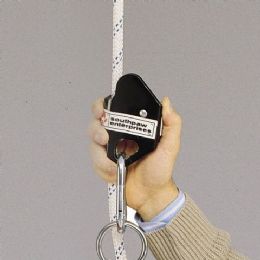

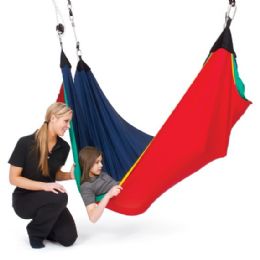


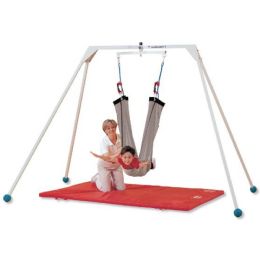
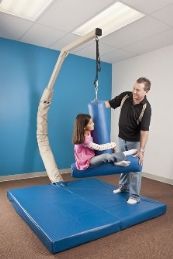
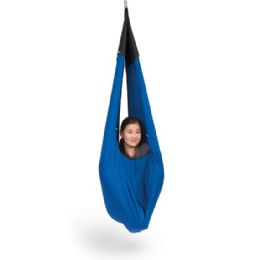

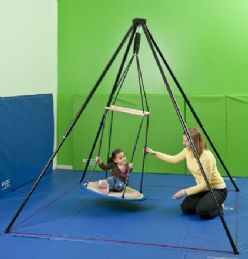

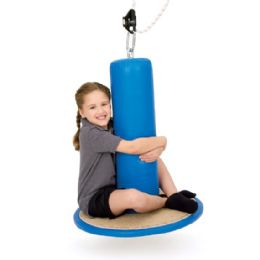


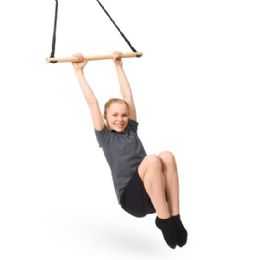


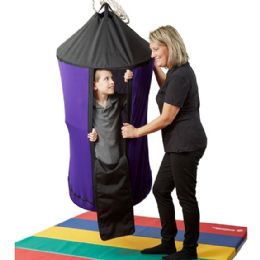



Vestibular Disorders
Those with inner ear/vestibular disorders often have problems with movement-related dizziness, or balance and position. These symptoms are often followed by secondary symptoms that cause reduced activity levels. Secondary symptoms can include range of motion loss, decreased strength, and increased tension, all of which can result in headaches and muscle fatigue. They can affect the ability to change positions, such as lying down, or the ability to move about without vertigo and imbalance. Moderate dizziness can be enough to reduce employability, diminish quality of life, and complicate all aspects of life for the affected individual. The result can be socially and economically devastating.
What is Vestibular Rehabilitation?
Vestibular rehabilitation therapy (VRT) is an exercise based program for reducing the symptoms of dizziness and disequilibrium associated with vestibular disorders. It is an alternative treatment which involves specific exercises that can help eliminate or highly reduce the symptoms by working with the central nervous system. The program is designed to increase balance and walking functions, decrease dizziness and visual symptoms, and increase general activity levels. It may include exercises to stimulate the symptoms of dizziness to desensitize the inner ear system, coordinate head and eye movements, improve balance and walking ability, and improve fitness and endurance.
Who Needs Vestibular Rehabilitation?
It is important that individuals beginning a VRT program have a confirmed diagnosis of a vestibular disorder because not all dizziness is caused by inner ear deficits. VRT can help with a variety of vestibular problems, such as unilateral or bilateral vestibular hypofunction and benign paroxysmal positional vertigo associated with labyrinthitis, Meniere’s disease, and vestibular neuritis. Even those with a long-term unresolved inner ear disorder who have undergone medical treatment with little or no success may benefit. VRT can also help those with an abrupt or acute loss of inner ear function following surgery for vestibular problems.
How are Vestibular Problems Assessed?
VRT begins with an assessment by a specially trained occupational therapist or physical therapist, who collects a medical history and uses various measures to identify the severity and type of symptoms. The documented medical history includes the type and intensity of the symptoms and their effect on daily living activities, previous treatments for the problem, whether the person has fallen or almost fallen, and current activity levels. These include the amount of exercise performed and whether the symptoms have caused an activity level reduction.
The assessment may include eye-head coordination tests, depending on the particular inner ear diagnosis. These tests address how well the person’s eyes move when the head is also moving, and how the eyes move by themselves, such as when tracking an object. An eye chart may also be used to check how well they focus during head movements.
A questionnaire for dizziness helps to identify the severity and frequency of dizziness symptoms and any lifestyle changes that are associated with it. In order to understand what specific movements are a problem, the person may be asked to move in and out of different positions that require head and body motion. Then, the individual reports the presence and intensity of the dizziness symptoms. The duration of dizziness is timed during this process and using these measurements, a vertigo score is then calculated. Other symptoms will also be recorded, such as sweating, nausea, and involuntary eye movement.
Several tests will be used to evaluate gait and balance functions, and to compare these functions to that of others in the same age group. Static balance skills include measurements of sway while standing on one leg or heel-to-toe. This may be done with eyes open and closed. Dynamic balance skills are checked while a person walks and performs other tasks, such as changing speed or direction, or turning the head. Other tests of balance may involve heel-to-toe walking, or walking sideways or backwards. Another test that may be utilized is measuring the distance a person can reach for an object while standing with both feet on the ground. A sensory interaction in balance test may be used to assess how well the brain uses inner ear inputs from orientation when other senses, such as touch or vision, are not available. For example, individuals may be observed to see how steady they are when standing with eyes open and closed on a level and solid surface, and then on a soft surface.
A musculoskeletal assessment may be performed to determine the presence of problems with range of motion, strength, sensation and coordination.
Based on the outcome of these various assessments, a therapist makes a list of problems to treat, establishes short and long term goals, and develops an individualized exercise plan. The exercise plan focuses on improving balance and walking function, decreasing dizziness and visual problems, and increasing overall activity levels. The entire set of exercises that are prescribed depend on each individual’s unique set of symptoms.
What are Vestibular Exercises?
The successful treatment of dizziness must address the specific positions or movements that increase the vertigo or dizziness. Those with movement-related dizziness are to perform vestibular habituation exercises that are designed to repeat movements that cause the vertigo or dizziness. These exercises are based on the reasoning that through repeated exposure to the specific stimulus that is causing the vertigo, the brain will become used to the movements and reduce the vertigo response. To help track changes in symptoms during this process, a daily diary is often used to log frequency of exercises.
Balance retraining exercises are utilized to make a person steadier while standing and walking through improvements in coordination of muscles and the sensory information. These exercises may include changing from standing to sitting, followed by other tasks, such as reaching for an object, or turning around. An at-home exercise program is important and includes gradually increasing activities, such as biking or walking, to build endurance and improve strength. Exercises should be performed daily at home, increasing them according to the therapist’s advice.
Hulet Smith, OT
Rehabmart Co-Founder & CEO
lb